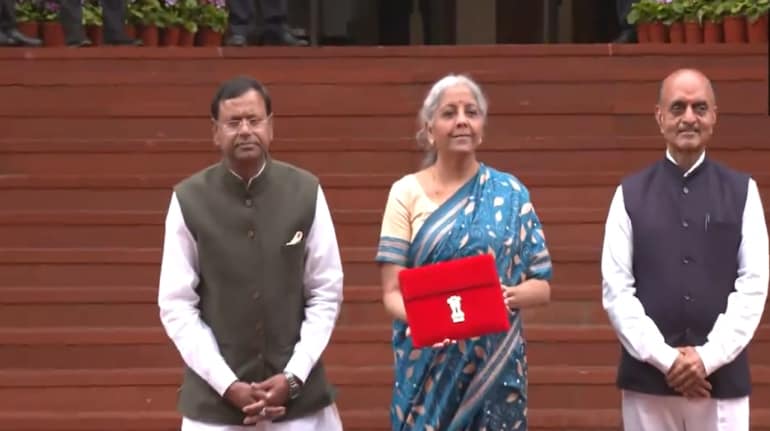The industry registered sales of 1,152,021 electric vehicles, which include buses, cars, three-wheelers and two-wheelers running on the electric powertrain, showed data SMEV, which attributed the shortfall in achieving targets to the lack of subsidy payments following a question mark on the quantum of localisation. Two-wheelers comprise the bulk of overall EV sales in the country.
The industry body said it was not the consumer demand but the "sudden withholding of more than the ₹1,200-crore subsidy already passed on by the majority of OEMs to the customers on the pretext of delay in the localisation" that affected sales of electric two-wheelers in the local market.
An additional ₹400 crore is stuck for the OEMs operating in the premium end of the segment due to allegations of under-invoicing to bypass the FAME norms, leading to working-capital challenges.
Sohinder Gill, DG SMEV, said the revised FAME II had a dramatic effect on electric two-wheeler adoption as it decreased vehicle prices by around 35%.

"This started attracting the component supply chain that had shunned anything to do with electric two-wheelers because of low volumes and it is only in late 2021 that suppliers started queuing up to OEMs," Gill said.
It took most of these suppliers 12-18 months, the usual time it takes to localise, and now most of them have started setting up sufficient capacities, Gill said. He added that meanwhile "some persons with malicious intent unleashed a campaign to put a stop to this dreamrun for reasons best known to them," referring to controversy over subsidy claims and localization content per vehicle.
Green shift: Electric vehicle sales cross 1-million mark in FY23 - The Economic Times
Read More

No comments:
Post a Comment